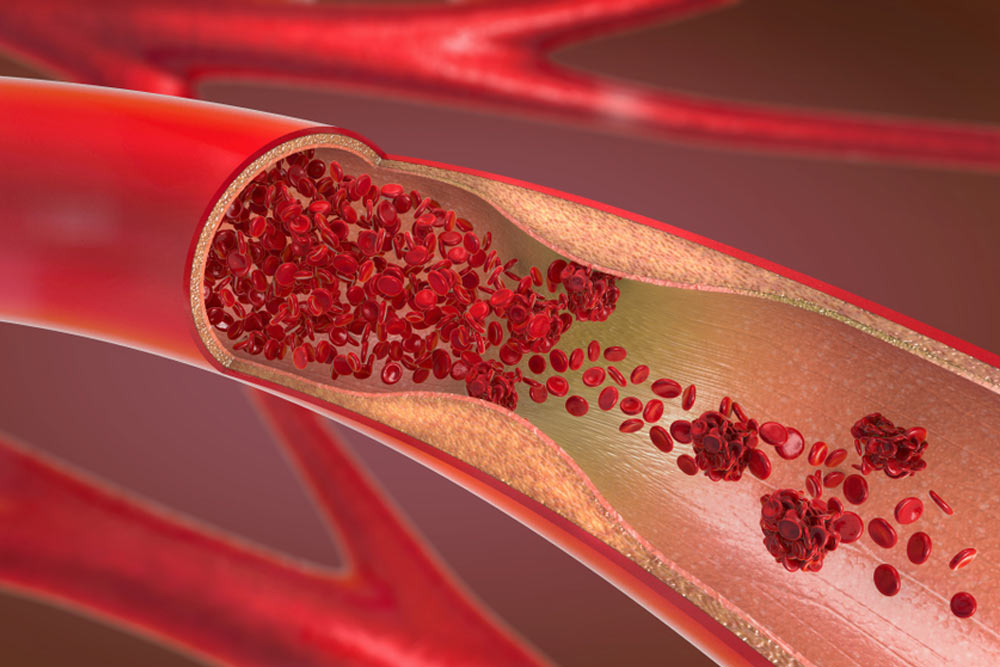A carotid endarterectomy is a surgical procedure to open or clean the carotid artery with the goal of stroke prevention. It is a durable procedure but not a cure; though rare, blockage can accumulate again.
Why It’s Done
Your vascular surgeon may recommend you have a carotid endarterectomy if you have:
- A moderate (50-79%) blockage of a carotid artery and are experiencing symptoms such as stroke, mini-stroke or TIA (transient ischemic attack).
- A severe (80% or more) blockage even if you have no symptoms.
Description
A carotid endarterectomy is performed in a sterile surgical suite or standard operating room. You may go home the same day or stay 1–2 nights after the procedure depending on your medical condition.
- You receive a local anesthetic or general anesthesia.
- Your vascular surgeon makes an incision at the front of your neck.
- After removing the plaque from the artery your vascular surgeon repairs the artery by stitching in a natural graft (formed from a piece of vein from elsewhere in your body) or a woven patch.
- The incision is closed.
Risks
- Stroke occurs in 2–3% of patients with no pre-procedure symptoms; in 5–7% of patients with pre-procedure symptoms such as stroke, mini-stroke or TIA (transient ischemic attack). After the operation you will be asked to move your arms and legs and be examined by nurses and doctors to make sure that you have not had any new stroke symptoms.
- Heart attack
- Nerve damage, affecting your voice box, tongue or back
How to Prepare
- Discuss your condition with family members or other individuals you have designated to participate in medical decisions.
- Ask your vascular surgeon whether to continue or modify scheduled medications.
What Can I Expect After Treatment?
- Expect to be in the hospital 1–2 days, longer if complications develop, in which case a stay at a rehabilitation facility may be needed.
- You will have a sore throat and the skin around the incision on your neck will be numb. This will improve over time.
- You will see your vascular surgeon and have a carotid ultrasound to look at the artery. This will be done yearly to make sure the plaque has not accumulated again.
- You may wish to eat smooth, soft foods like soup and yogurt for a while before returning to your normal diet.
- Driving is usually permitted once pain medicine is stopped and you can easily turn your head to check your surroundings on the road and safely merge with traffic.
